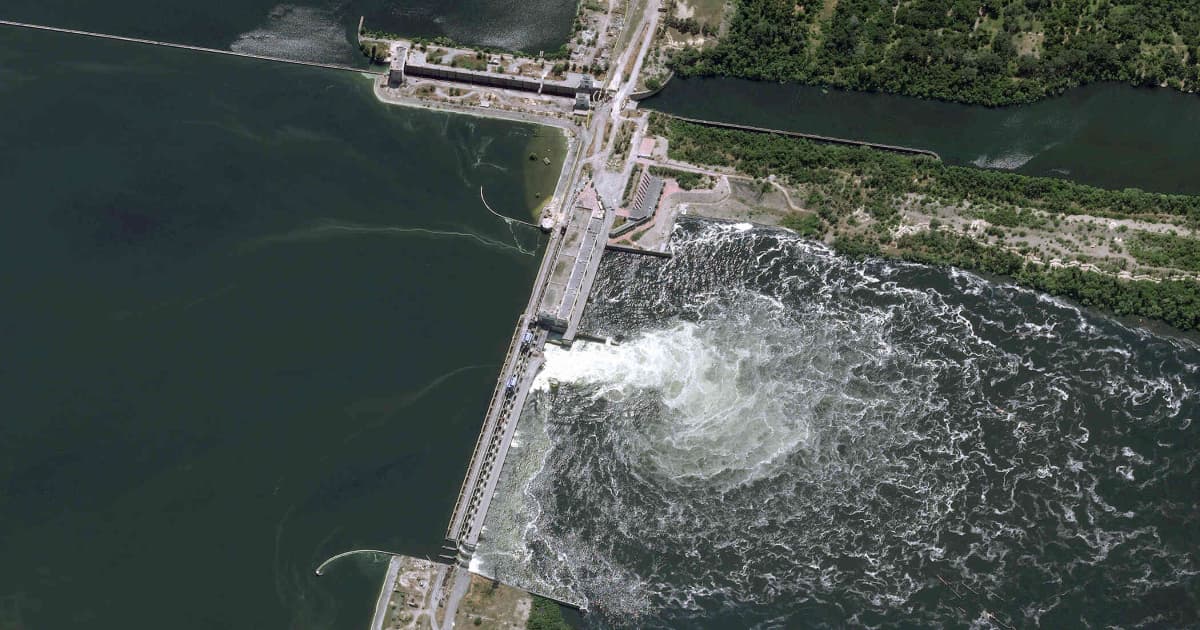Russia blew up the entrance to the engine room of the Kakhovka HPP, leading to the destruction of the plant — The New York Times

Journalists of the publication talked to American and Ukrainian engineers and came to the conclusion that Russia blew up the passage to the engine room of the Kakhovka HPP. This led to the destruction of the plant.
The Russians had every page of the engineering drawings of the hydroelectric power plant, as it was built in Soviet times.
It is known that the dam was built with a huge concrete block at the base. There is a small passage in it that can be accessed from the dam's engine room. Most likely, it was in this passage that the explosive charge was detonated.
Michael W. West, a geotechnical engineer and former head of the engineering firm Wiss, Janney, Elstner, and Gregory B. Baecher, a engineering professor at the University of Maryland, say that based on satellite images and seismic data, the most likely cause of the destruction was the explosives in the gallery (the passage).
"If your objective is to destroy the dam itself, a large explosion would be required. The gallery is an ideal place to put that explosive charge," said Michael W. West.
According to Gregory B. Baecher, the explosives were planted deep in the structure.
However, only a full examination of the dam can determine the exact sequence of actions that led to the destruction of the hydroelectric power plant.
Ihor Strilets, a Ukrainian engineer who served as deputy head of the Dnipro River Water Resources Department from 2005 to 2018, said the dam's foundation was designed to withstand almost any external impact. He also believes that the explosion in the passage destroyed part of the concrete structure, and that other sections were then torn away by the force of the water.


